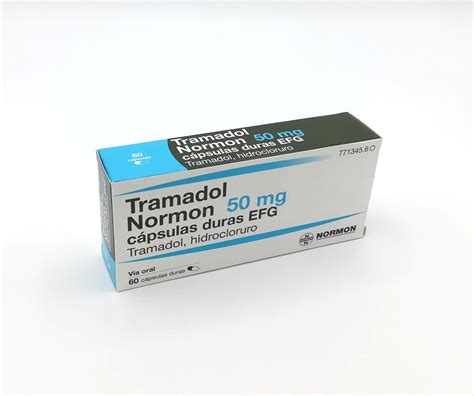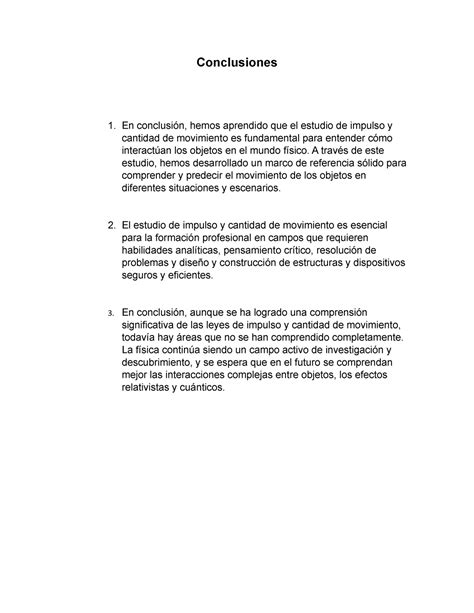Intro
Learn about Tramadol 50mg dosage, usage, and side effects. Understand proper administration, contraindications, and overdose risks with this pain relief medication guide.
Pain management is a crucial aspect of healthcare, and various medications are available to alleviate different types of pain. One such medication is Tramadol, a synthetic opioid analgesic used to treat moderate to moderately severe pain. Tramadol 50mg is a commonly prescribed dosage, and understanding its usage, benefits, and potential side effects is essential for patients and healthcare providers. In this article, we will delve into the world of Tramadol, exploring its mechanism of action, dosage guidelines, and practical considerations for effective pain management.
The importance of proper pain management cannot be overstated. Chronic pain, in particular, can have a significant impact on a person's quality of life, affecting their physical and mental well-being. Tramadol, with its dual mechanism of action as an opioid agonist and a norepinephrine-serotonin reuptake inhibitor, offers a unique approach to pain relief. By understanding how Tramadol works and how to use it effectively, individuals can better manage their pain and improve their overall health.
Tramadol's effectiveness in treating various types of pain, including chronic pain, fibromyalgia, and pain resulting from surgery or injury, has made it a popular choice among healthcare providers. However, like all medications, Tramadol must be used responsibly and under the guidance of a medical professional. This includes following the recommended dosage guidelines, being aware of potential side effects, and taking steps to minimize the risk of dependence or addiction.
Introduction to Tramadol 50mg

How Tramadol Works
Tramadol's mechanism of action involves binding to opioid receptors in the brain, spinal cord, and other areas, which blocks the transmission of pain signals to the brain. Additionally, Tramadol inhibits the reuptake of norepinephrine and serotonin, two neurotransmitters involved in pain regulation. This dual action provides a broader range of pain relief compared to some other opioid analgesics.Dosage Guidelines for Tramadol 50mg

It is crucial to follow the prescribed dosage and not to exceed the recommended maximum daily dose, as this can increase the risk of side effects and dependence. Patients should also be aware of the signs of overdose, such as difficulty breathing, and seek medical help immediately if they occur.
Benefits of Tramadol 50mg
The benefits of Tramadol 50mg include its effectiveness in managing moderate to moderately severe pain, its relatively low risk of addiction compared to other opioid analgesics when used as directed, and its flexibility in dosing. Tramadol 50mg can be used for both acute and chronic pain management, making it a versatile option for healthcare providers.Potential Side Effects of Tramadol 50mg

It is essential for patients to discuss their medical history, including any history of substance abuse, with their healthcare provider before starting Tramadol 50mg. Regular monitoring and follow-up appointments can help manage side effects and ensure the safe use of the medication.
Practical Considerations for Using Tramadol 50mg
Practical considerations for patients using Tramadol 50mg include taking the medication exactly as prescribed, not stopping the medication abruptly without consulting a healthcare provider, and being aware of potential drug interactions. Patients should also keep a pain diary to track their pain levels and the effectiveness of the medication, which can help healthcare providers adjust the dosage or switch to a different medication if necessary.Long-Term Use and Dependence

To minimize the risk of dependence, healthcare providers may employ strategies such as gradual dose tapering when discontinuing the medication, using the lowest effective dose for the shortest duration necessary, and regularly assessing patients for signs of dependence or addiction.
Alternatives to Tramadol 50mg
For patients who cannot tolerate Tramadol 50mg or who have not achieved adequate pain relief, there are alternative medications and therapies available. These can include other opioid analgesics, non-opioid pain relievers, physical therapy, and interventional procedures such as nerve blocks or spinal cord stimulation. The choice of alternative therapy depends on the individual patient's condition, medical history, and the nature of their pain.Conclusion and Future Directions

Future directions in pain management may include the development of new medications with improved safety profiles and the integration of non-pharmacological therapies into treatment plans. Additionally, ongoing research into the mechanisms of pain and addiction will be crucial for developing more effective and safer pain management strategies.
Final Thoughts
As we move forward in the field of pain management, it is essential to prioritize patient-centered care, considering the unique needs and circumstances of each individual. By working together, healthcare providers, patients, and researchers can strive towards better pain management outcomes, reducing the burden of chronic pain on individuals and society as a whole.What is the recommended dosage of Tramadol 50mg for adults?
+The recommended initial dose for adults is 50mg to 100mg every 4 to 6 hours as needed for pain relief, with a maximum daily dose of 400mg.
Can Tramadol 50mg be used for chronic pain management?
+Yes, Tramadol 50mg can be used for both acute and chronic pain management, offering flexibility in dosing for patients with ongoing pain needs.
What are the common side effects of Tramadol 50mg?
+Common side effects include dizziness, nausea, constipation, and headache. More severe side effects can include seizures, serotonin syndrome, and respiratory depression.
We invite you to share your thoughts and experiences with Tramadol 50mg in the comments below. Your insights can help others understand the benefits and challenges of this medication and contribute to a more informed discussion about pain management. If you found this article helpful, please consider sharing it with others who may benefit from this information. Together, we can work towards better understanding and managing pain for a healthier and more comfortable life.
